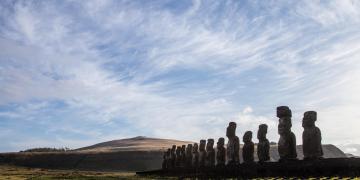Institutionalization of the Indigenous administration
Strengthening the community internal capacity to constitute as park managers
Incorporating Indigenous understanding and values of nature and culture in the heritage management system
Strengthening the Department of Archaeology and Conservation in the National Park
